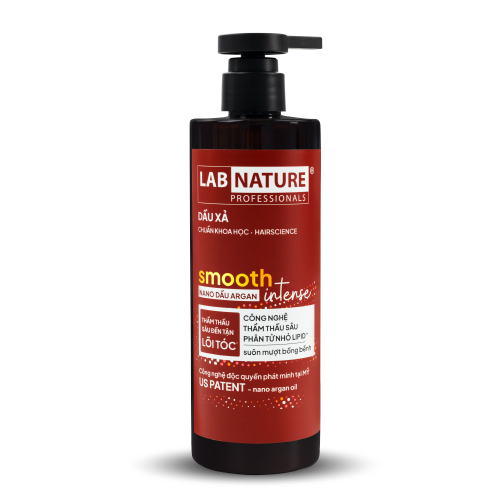The study observed irreversible damage to the stratum corneum due to interaction with silicone (Cyclo siloxanes).
Cyclo siloxanes D4 (Cyclotetrasiloxane), D5 (Cyclopentasiloxane), and D6 (Cyclohexasiloxane) are widely used in products to help improve skin and hair properties, smoothing and softening. However, D4, D5, and D6 are related to destroying the skin’s protective membrane.
A three-dimensional microscope (DHM) is used to check the effects of D4, D5, and D6 on the skin’s protective layer. A comparative study was conducted between test samples (D4, D5, or D6) for epidermis containing stratum corneum (SC) and control samples. Control samples were not changed when observed with a three-dimensional microscope. Meanwhile, irreversible damage to the stratum corneum was observed due to interaction with Cyclosiloxane.
Cyclosiloxane impacts:
The first level of skin protective membrane: through destabilization of the lipid layer and destruction of cell structure
Second degree: destruction of the integrity of the stratum corneum and the formation of the lamina propria.
Third degree: changes in the upper geometrical topography of the stratum corneum and disruption of the integrity of the dermal layer, measured with micrometers.
D4, D5, and D6 can penetrate the skin and cause accumulation:
Quantitative GC – FID analysis (gas chromatography – flame ionization analysis) performed on ex vivo human skin to test the diffusion of cyclic siloxanes through the skin:
Cyclic siloxanes D4, D5, and D6 have an affinity for the stratum corneum (especially D6) and can even diffuse into deeper layers of the skin (including the epidermis and dermis).
Passing through the skin will pose a danger to people who use cosmetic products containing D4, D5, and D6 daily and continuously. This process results in the absorption of cyclic siloxanes into the blood and lymph, with D4 and D5 having the highest risk of absorption while D6 has the lowest risk of absorption.














